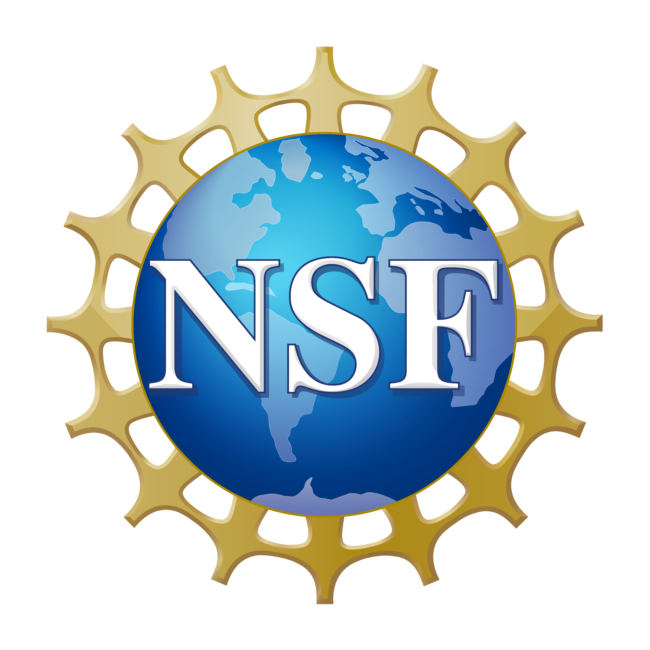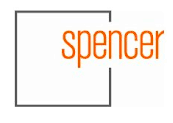Past Projects
Below are some examples of projects completed in the Little Learners Lab.
Results from these studies can be found in the “Publications” section.
Causal supports for learning
Evidence from our laboratory has demonstrated that words are more easily learned by 3-year-olds when descriptions of the causal properties of their referents are provided than when descriptions of their non-causal properties are offered instead. This boost to learning is evidence during the initial acquisition phase of learning, suggesting that it enhances attention at the time of encoding. Our results further suggest that causal information facilitates initial acquisition, at least in part, because it is inherently interesting. Specifically, preschoolers prefer to learn about causal over non-causal information, and children’s desire to learn about the causal properties of novel items is sufficiently strong to motivate their sustained engagement in an otherwise boring task.
In addition to its apparent influences on attention and motivation, causal information might also contribute to better learning by providing a framework for the coherent elaboration of semantic representations. Consistent with this possibility, causally-rich categories are particularly good at supporting inductive inference in preschoolers.
 With the support of the National Science Foundation (Award #1535102) we are investigating the impact of young children’s interest in, and ability to reason about, causal information and their potential impact the development of children’s scientific literacy and STEM engagement. This project also explores the role of parents in shaping the foundations of these long-term trajectories.
With the support of the National Science Foundation (Award #1535102) we are investigating the impact of young children’s interest in, and ability to reason about, causal information and their potential impact the development of children’s scientific literacy and STEM engagement. This project also explores the role of parents in shaping the foundations of these long-term trajectories.
Optimizing early literacy interventions
 While reading in general is beneficial for vocabulary growth, research has shown that having conversations about books is especially helpful. Unfortunately, intervention programs designed to teach parents how to have these conversations about books with their children have not always benefitted families from lower socioeconomic backgrounds, who are arguably in most need of assistance. We believe that investigating potential roadblocks to parents’ learning of these skills is a critical first step toward understanding this shortcoming in intervention efficacy. Our ultimate goal is to create better intervention tools with which to address early emerging, persistent, and consequential achievement gaps.
While reading in general is beneficial for vocabulary growth, research has shown that having conversations about books is especially helpful. Unfortunately, intervention programs designed to teach parents how to have these conversations about books with their children have not always benefitted families from lower socioeconomic backgrounds, who are arguably in most need of assistance. We believe that investigating potential roadblocks to parents’ learning of these skills is a critical first step toward understanding this shortcoming in intervention efficacy. Our ultimate goal is to create better intervention tools with which to address early emerging, persistent, and consequential achievement gaps.
Specifying the nature of the ‘vocabulary gap’

The goal of this project (National Science Foundation #1421494) is to better understand the nature of socioeconomic disparities in early vocabulary by moving beyond the traditional focus on the sheer number of words known by children to an exploration of potentially fundamental differences in children’s word learning skills. Our recently published data reveal that these word-learning skills partially mediate well-established relationships between socioeconomic status and vocabulary outcomes. In light of this finding, it might be that the most effective approaches to eliminating the ‘vocabulary gap’ will focus on teaching children how to learn new words, rather than solely on teaching specific words. We hope to explore this possibility in future work.
Object function and categorization
Early work in the LLL demonstrated that object function facilitates categorization in infants as young as 14 months of age. This finding suggests not only that this form of conceptual information is accessible and salient to infants, but also that it is instrumental in supporting fundamental cognitive processes like. Subsequent work demonstrated that object function exerts its effect by both enhancing infants’ attention indiscriminately to all commonalities among objects, and by training infants’ attention more specifically on just those object features that are causally related to object functionality.
Early word learning
Other work in the LLL focused on factors influencing children’s early word learning. One line of studies demonstrated how children’s ontological knowledge guides their extension of novel words. Results revealed that 3-year-olds extend novel words on the basis of similarities in shape alone (i.e., they demonstrate a ‘shape bias’) when the objects to which they refer are described as having conceptual properties typically associated with artifacts (e.g., has a special use) while children extend labels on the basis of similarities in both shape and texture when the very same objects are described as having conceptual properties typically associated with animate kinds (e.g., has emotions). Because the objects presented in both conditions were perceptually identical, only the domain-specific conceptual information provided could be responsible for the observed differences in extension patterns. Similar effects were later demonstrated in toddlers as young as 18- to 22-months of age.
In another line of work on early word learning, we attempted to tease apart the influences of attentional capture and conceptual knowledge of communicative intent on toddler’s use of gestural cues to disambiguate novel word reference. We began by recording the looking patterns of toddlers while they heard words applied to novel objects by a speaker who looked at, look at and pointed to, looked at, pointed to and touched, or looked at, pointed to, touched and manipulated the intended referent. Learning (as assessed through subsequent forced-choice comprehension testing) improved significantly with greater redundancy among cues, with the largest improvement evident when pointing was added to gazing. Looking times revealed that attentional factors accounted for only a small fraction of the variance in performance, thereby suggesting a strong role for socio-pragmatic factors (e.g., conceptual knowledge of the link between communicative intent and pointing) in guiding performance on the task.